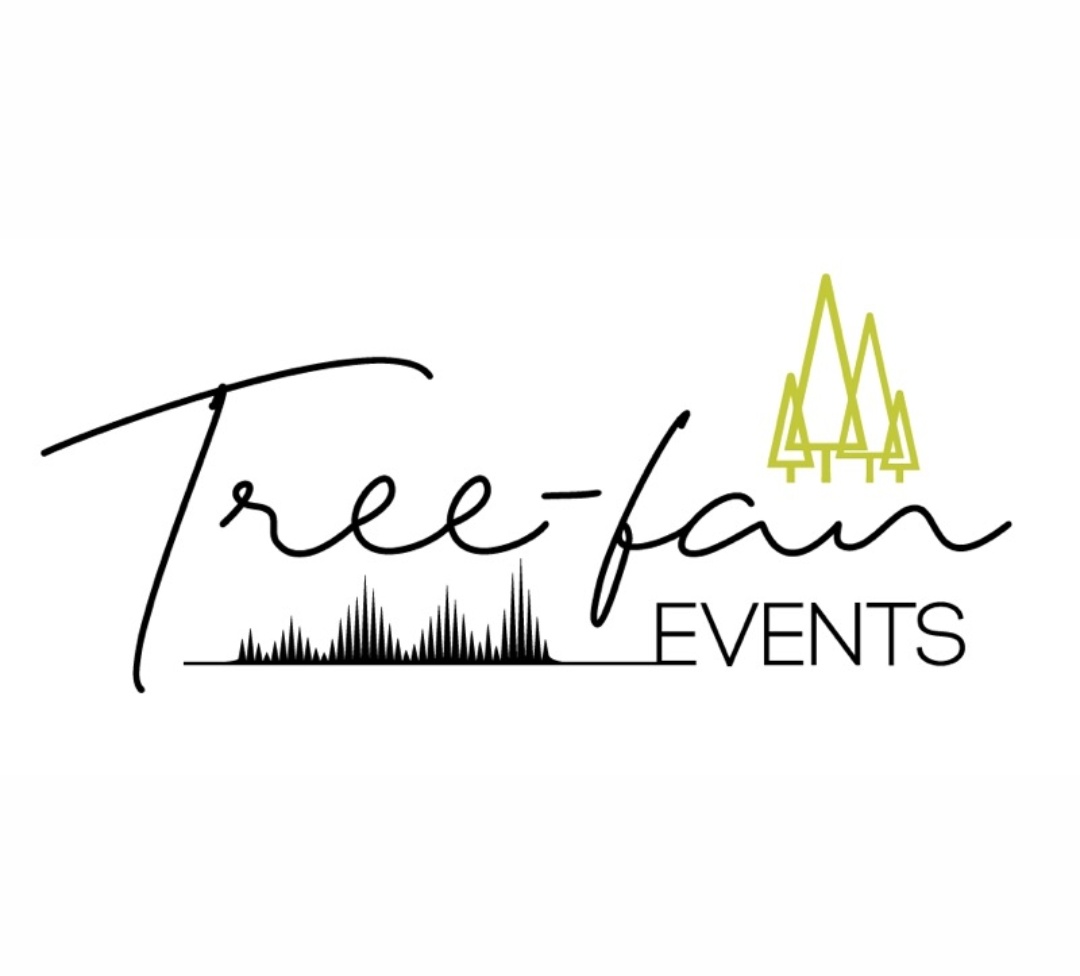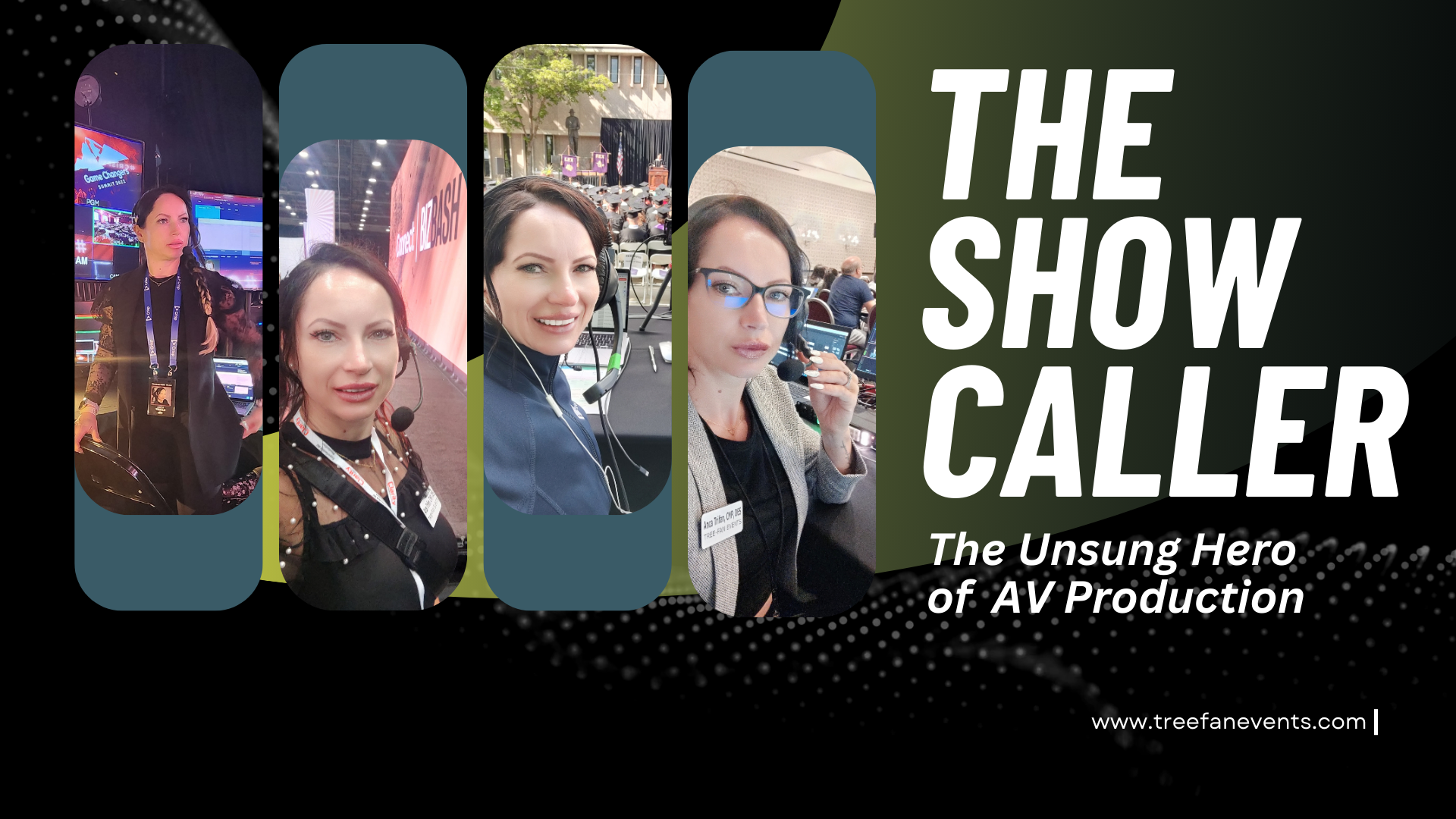 If you’ve ever sat in a conference where every moment felt seamless — the video rolled exactly when it should, the lights shifted to set the mood, the speaker walked on stage right as the applause hit — you probably thought, “Wow, this event is really well organized.”
If you’ve ever sat in a conference where every moment felt seamless — the video rolled exactly when it should, the lights shifted to set the mood, the speaker walked on stage right as the applause hit — you probably thought, “Wow, this event is really well organized.”
What you didn’t see was the person backstage making sure all of that happened with split-second precision. That person is the showcaller.
What a Showcaller Actually Does
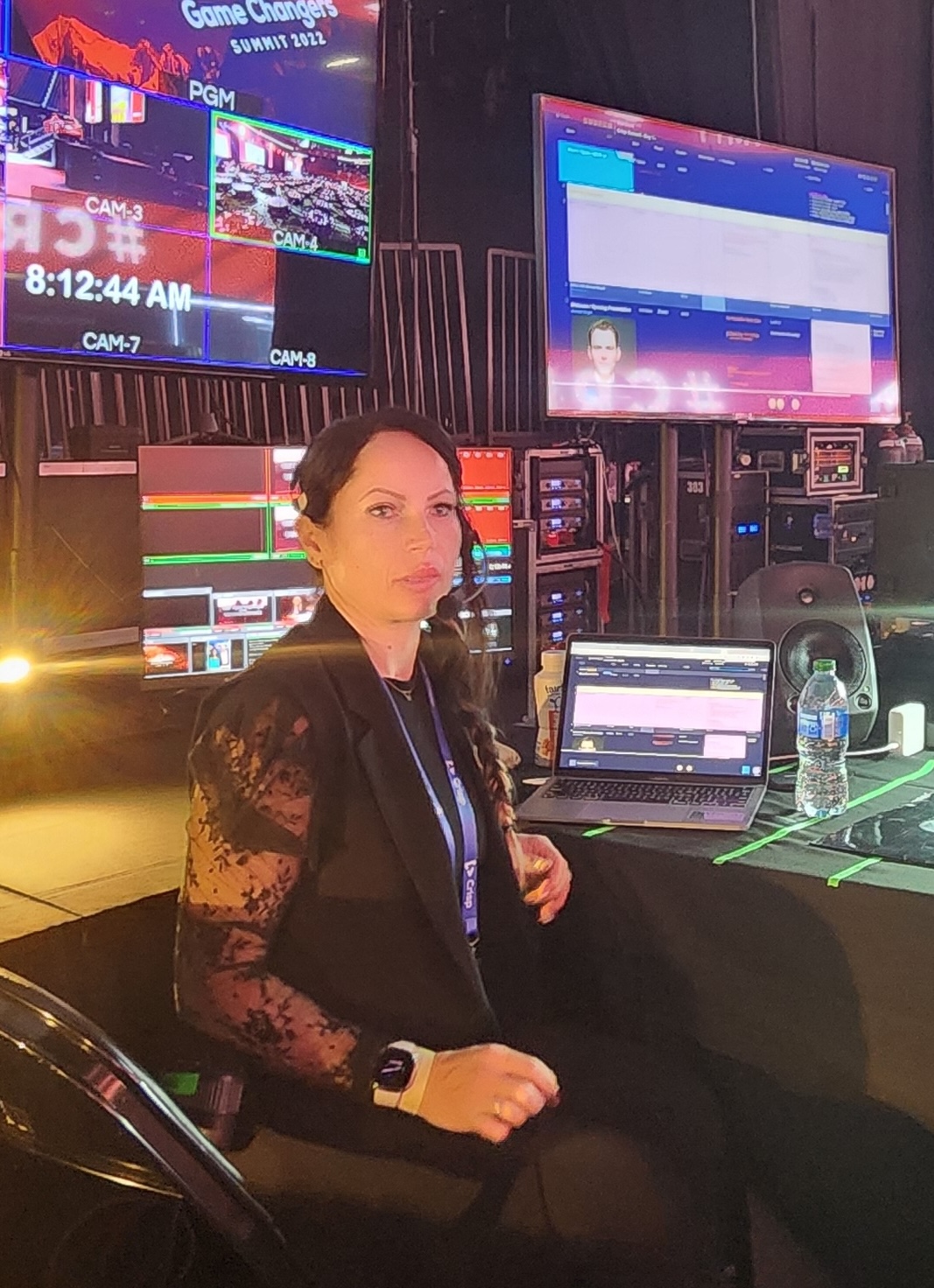 Think of a showcaller as the conductor of an orchestra. The producer may have written the score, but the showcaller is the one leading the musicians through the performance, ensuring every note lands exactly where it should.
Think of a showcaller as the conductor of an orchestra. The producer may have written the score, but the showcaller is the one leading the musicians through the performance, ensuring every note lands exactly where it should.
In AV and live event production, the showcaller is the single voice directing lights, audio, video, and stage movements in real time. They’re on headset with every department, cueing each action at the precise moment it’s needed.
A producer designs the show.
A showcaller executes the show.
Without one, the most carefully planned event can quickly unravel.
Core Responsibilities of a Showcaller
A great showcaller owns three distinct phases of an event:
1. Before the Event
They study the run-of-show, scripts, and technical requirements inside and out. They turn the agenda into a detailed cue sheet and coordinate with each department — lighting, sound, video, staging — so everyone knows what’s coming. Then they run rehearsals, walking through every transition, cue by cue, until the crew is in sync.
2. During the Event
This is where the pressure is highest, and the showcaller is in command:
- Calling cues: “Standby lights 6, sound cue 3… Lights 6, GO. Sound 3, GO.”
- Managing timing: Making sure the show stays on schedule, adjusting when a speaker runs long or short.
- Problem-solving on the fly: Cueing backup slides, rolling filler music, or reshuffling segments when things don’t go as planned.
- Directing stage movement: Cueing presenters’ entrances, managing transitions, and ensuring the audience never sees the chaos that sometimes unfolds behind the curtain.
3. After the Event
When the last cue is called — “House lights up, GO” — the showcaller wraps the show, confirms everything is shut down properly, and often contributes to the debrief. Their perspective is invaluable for improving future productions.
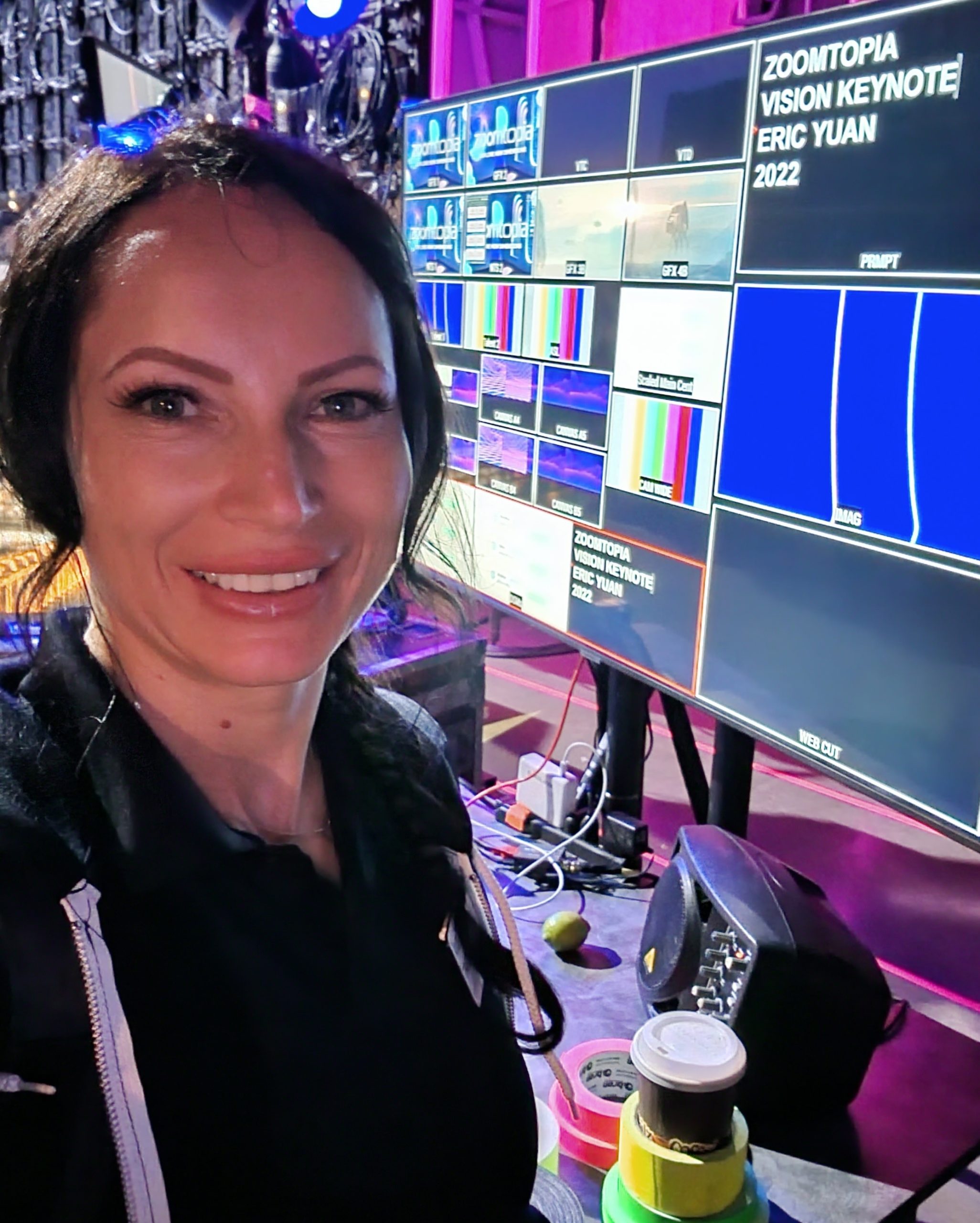 How to Call a Live Event
How to Call a Live Event
Showcalling has its own language. It’s short, clear, and leaves no room for confusion. Every cue is given in two parts: a standby (get ready) and a go (execute now).
Here’s what that looks like in action:
- “Standby video 2 and audio track.”
- Crew responds: “Standing by.”
- “Video 2 – GO. Audio – GO.”
That cadence repeats for every light change, mic unmute, slide advance, or stage entrance. Done well, it creates a rhythm that keeps the crew aligned and the event flowing like clockwork.
Tools of the Trade
Showcallers used to juggle binders of spreadsheets and handwritten notes. Today, software has leveled up the role:
-
Rundown Studio – Cloud-based run-of-show management with real-time updates for the whole crew.
-
Shoflo – Widely used in corporate events, giving every operator a synced view of what’s happening.
-
CuePilot – High-end broadcast tool used in shows like Eurovision, pre-programming complex cue sequences with frame accuracy.
-
OnTime – Designed specifically for conferences and live productions, OnTime keeps sessions, speakers, and crews aligned with synchronized timers, countdown clocks, and digital cueing. It’s particularly strong for shows that demand precise timekeeping across multiple rooms or stages.
Add to that a solid intercom system (Clear-Com, Riedel, etc.), countdown timers, and backup media, and you’ve got the modern showcaller’s toolkit.
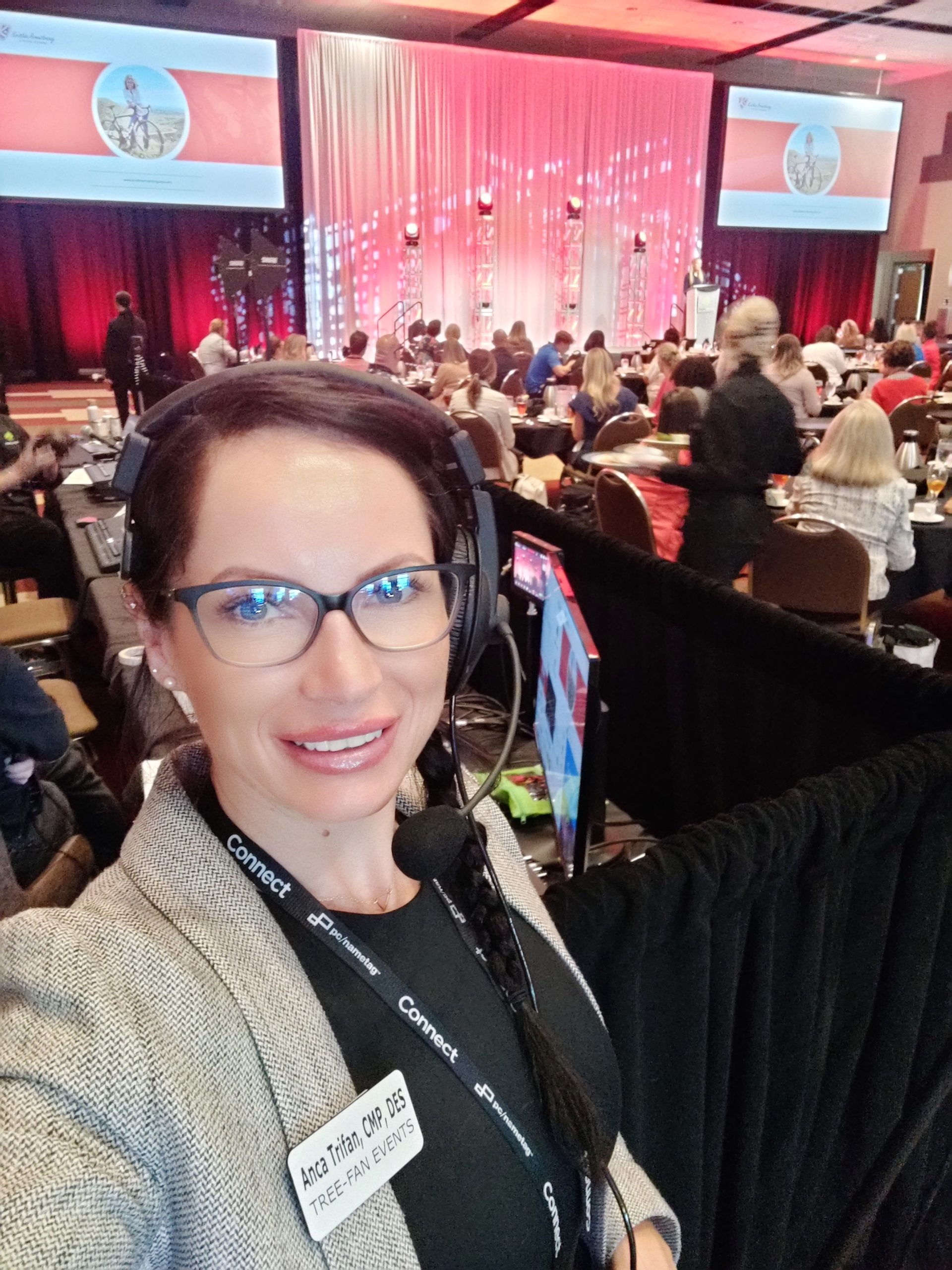 How Much Does a Showcaller Cost — and Is It Worth It?
How Much Does a Showcaller Cost — and Is It Worth It?
The short answer: a professional showcaller usually costs about the same as other senior AV crew — often billed as a day rate that ranges from $800–$1,200 for a 10-hour day, plus overtime if the show runs long. Pre-production work, like building cue sheets or running rehearsals, is usually billed separately at an hourly rate.
That might sound like a big line item until you weigh it against what’s at stake. A missed cue can derail a CEO’s keynote, cut off a sponsor video, or throw an entire general session off schedule. Those mistakes can cost far more than the showcaller’s fee — in credibility, reputation, and sometimes even future business.
When you hire a showcaller, you’re paying for more than someone with a stopwatch and a headset. You’re investing in precision, calm under pressure, and the assurance that your event will feel seamless to the audience. For conferences where every impression counts, that’s not just worth it — it’s essential.
Why Showcallers Matter in Conferences
When attendees at the our last conference praised the sessions as “well-timed, and not too long,” they weren’t just complimenting the speakers. They were noticing the impact of strong showcalling — an invisible hand keeping everything on track.
A skilled showcaller keeps the client’s event polished and professional. They make the difference between an event that feels clunky and one that feels effortless.
Final Takeaway
If you want your event to run like a perfectly tuned performance — where your executives look confident, your content lands with impact, and your audience never sees a hiccup — you need a showcaller.
Because when the lights, sound, video, and stage all move as one? That’s not luck. That’s showcalling.

